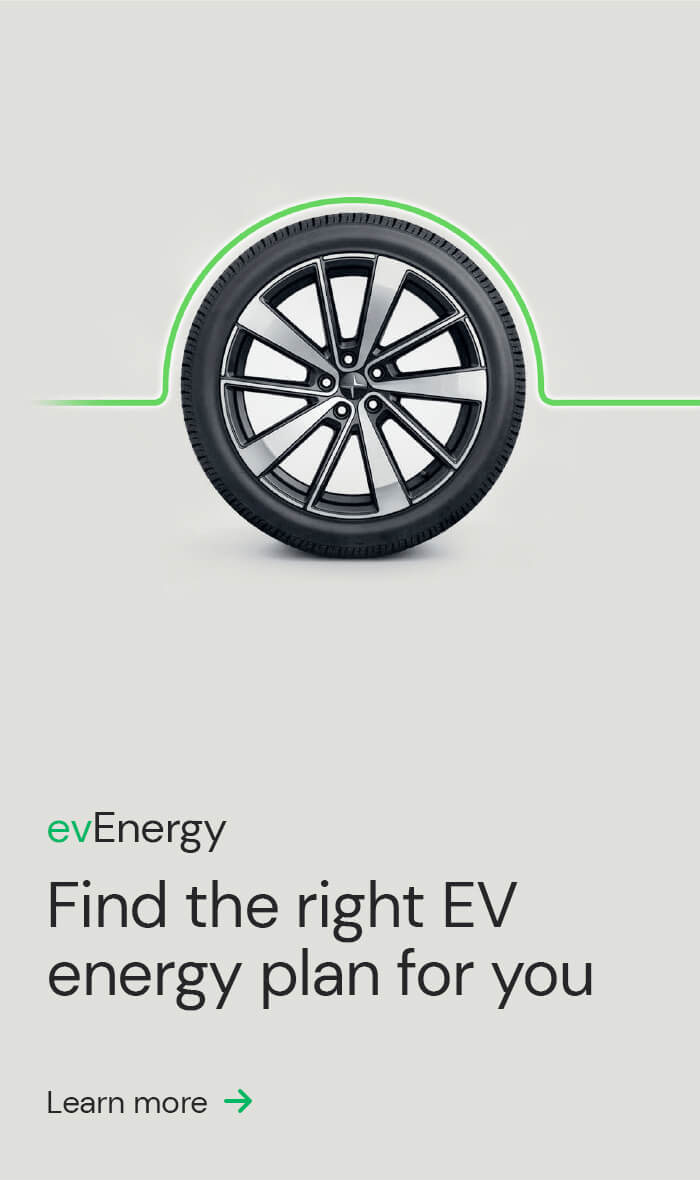The concept of solar-charged cars seems like the ultimate sustainable driving solution. Zero tailpipe emissions and all fully powered by the warm Aussie sunshine – a renewable energy source. What better way to drive cleaner – and for free?
Although a handful of solar panel EVs are in development, whether they become a reality on the mass market remains to be seen. Let’s examine the reasons why cars energised by solar charging lithium batteries, sadly, do not exist for all yet, and what makers are leading the way with the technology.
What solar-powered EVs are in development?
Aptera Motors are responsible for the world’s first solar electric vehicle. Looking retro-futuristic, the vehicle’s unique streamlined shape allows it to only need 30% of the energy compared to other EV models.
The three-wheeled, two-seater Aptera is capable of 64km of solar-powered driving per day and can go an incredible 1,609km on a single charge. For now, Aptera solar power EVs are not in mass production and can only be reserved and custom ordered.
Regular EV roofs are not big enough to accommodate solar panels
While Aptera are trailblazing solar power EVs with radical new design and 3D-printed manufacturing, conventional cars are not able to run on solar power.
Measuring around three to five metres squared, car roofs do not have enough surface area to fit in the number of solar panels needed to supply enough energy to the battery. For example, per square metre, most solar panels produce around 150 watts of energy, which won’t get the EV very far.
Current solar panels are not efficient enough
Most solar panels operate at 15% efficiency. That is, only 15% of the energy that reaches them can be used to power the battery.
Although it is mostly charged with a plug-in cable, the Karma Revero EV comes with a solar panel roof. This can supplement the car’s battery with 200w of energy per hour, which is nowhere near enough for it to run solely on solar energy. Today’s EV battery packs are anywhere between 50kWh and 100kWh and will require vast amounts of solar energy to run.
It is possible, however, to use solar power to charge your EV. If you have panels installed on your roof at home or a solar powered battery system, you will be able to harness the sun’s energy to power-up your EV in a clean and green way.
Summary
- Aptera Motors have created the world’s first solar power EV currently available on the market.
- Regular EVs are not able to run solely on built-in solar panels because their roofs are not large enough to accommodate the number of panels needed and solar energy is too inefficient to provide the necessary amount of power for the battery.
- If you have solar panels or a solar-powered system installed at your home you will be able to charge your EV with it.
Are you considering making the switch to an electric vehicle? ActewAGL can help you effortlessly find, finance and charge your EV. Discover how ActewAGL can support your transition to sustainable driving today.
Sources
https://www.waystosaveenergy.net/2021/04/solar-energy-per-square-meter.html



